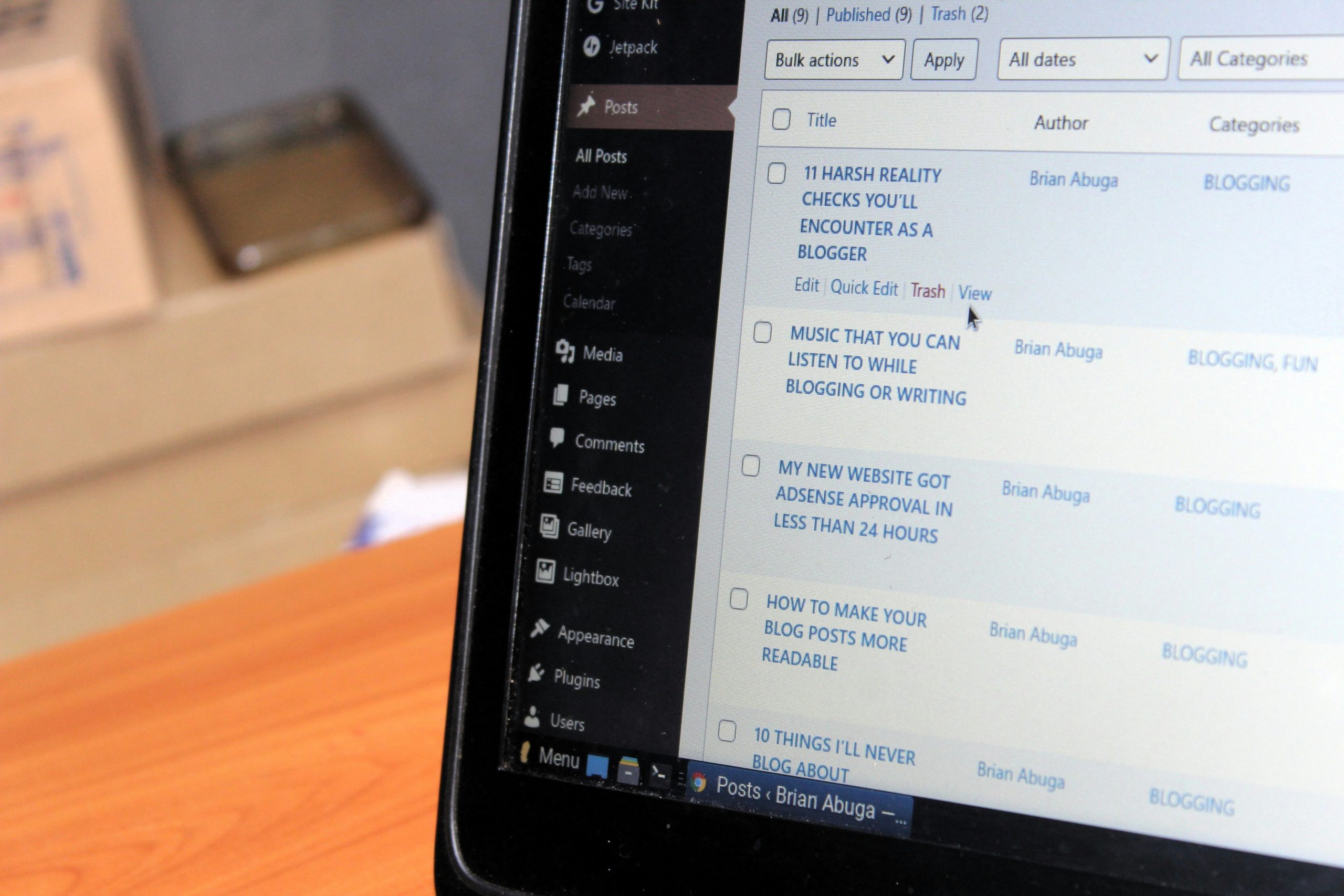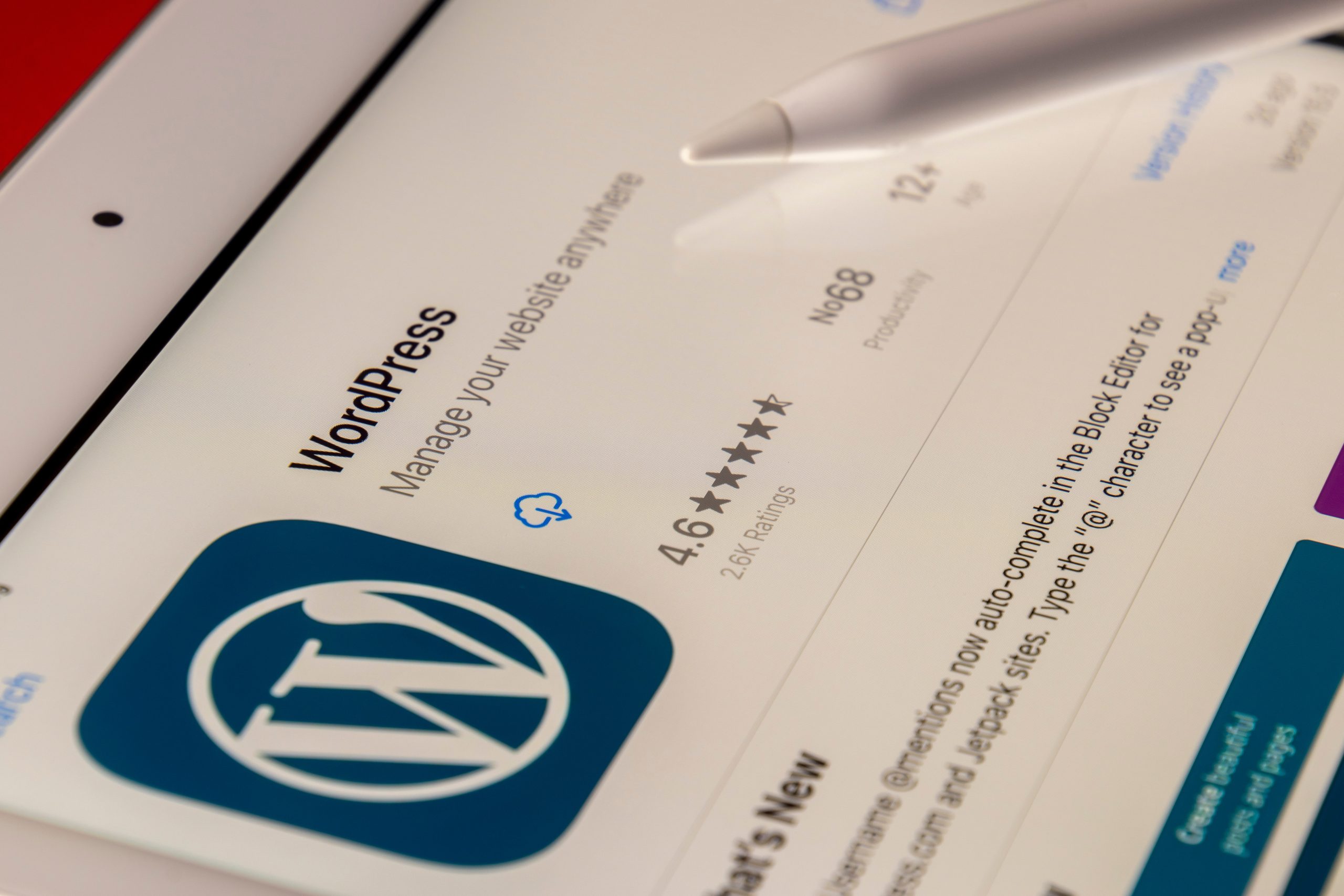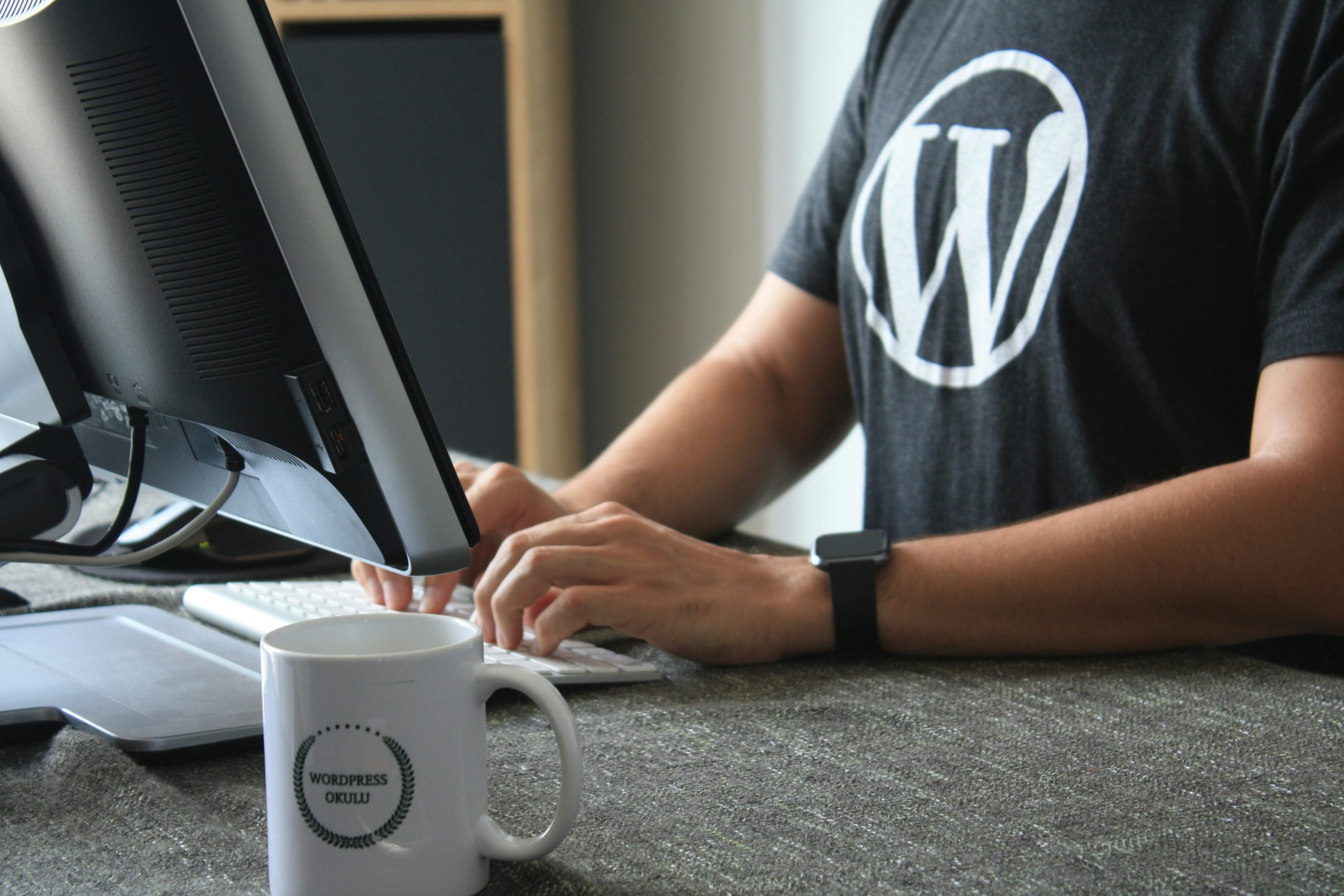Is your WordPress site being bombarded by relentless bot attacks, causing headaches and security concerns? If so, you’re not alone. Bots can wreak havoc on your website, leading to compromised data, reduced performance, and even potential blacklisting by search engines. However, fear not! In this article, we will explore the insidious nature of bot attacks and provide you with a comprehensive guide on how to protect your precious WordPress site from these digital intruders. You can also learn more about VPN security.
Understanding the threat of bots
Bots have become a pervasive threat to online security, with the potential to wreak havoc on vulnerable websites. These automated programs can carry out a myriad of malicious activities, from flooding your site with spam comments to conducting brute force attacks and stealing sensitive information. What’s concerning is that bots are becoming increasingly sophisticated, making them harder to detect and mitigate. Their ability to mimic human behavior and bypass traditional security measures underscores the need for a more comprehensive approach to safeguarding websites.
Understanding the evolving nature of bot threats is crucial for website owners seeking to protect their WordPress sites. While many may perceive bots as mere nuisances, they pose genuine risks that can compromise not just the integrity of a website but also its reputation and user trust. The use of advanced technologies like machine learning by modern bots highlights an escalating arms race between cybercriminals and security solutions. Acknowledging these dynamics can empower website owners to adopt proactive defenses tailored to combat this ever-present threat.

Implementing strong password policies
Implementing strong password policies is crucial for safeguarding your WordPress site from unauthorized access and potential security breaches. Gone are the days when password123 would suffice as a secure password. It’s imperative to enforce a minimum password length, utilize a combination of uppercase and lowercase letters, numbers, and special characters, and enable two-factor authentication to add an extra layer of protection.
Furthermore, regularly updating passwords and avoiding the use of easily guessable information such as birthdays or common words is essential. Considering the prevalence of automated bots attempting to crack passwords, implementing strong password policies can deter these malicious actors and ensure that your site remains secure. By prioritizing robust password protocols, you can significantly reduce the risk of unauthorized access and fortify your WordPress site against potential threats.
Installing a reliable security plugin
Installing a reliable security plugin, such as WP Captcha, is crucial for protecting your WordPress site from malicious bot attacks. These bots can wreak havoc on your website by overwhelming it with spam comments, fake account registrations, and even attempting to compromise your login credentials. By implementing a robust security plugin like WP Captcha, you can significantly reduce the risk of these automated attacks and safeguard the integrity of your site.
One fresh insight into the significance of using a security plugin is its ability to enhance user experience. With WP Captcha’s user-friendly interface and seamless integration into forms and login pages, genuine users are less likely to be inconvenienced by intrusive security measures. This ensures that legitimate visitors can navigate your site without unnecessary obstacles while still deterring bots from exploiting vulnerabilities.
Furthermore, embracing such technology represents a proactive approach in staying ahead of evolving cybersecurity threats. As cybercriminals continuously devise new methods to exploit websites, utilizing a reliable security plugin like WP Captcha demonstrates a dedication to maintaining an impenetrable defense against emerging risks, thereby fortifying the overall protection of your WordPress site.

Enabling two-factor authentication
Enabling two-factor authentication (2FA) is a crucial step in fortifying the security of your WordPress site against unauthorized access. By adding an extra layer of protection, 2FA acts as a barrier to potential threats such as brute force attacks and phishing attempts. This powerful security measure requires not only the traditional username and password but also secondary verification, typically through a code sent to your mobile device or generated by an authenticator app. Embracing a multi-step authentication process elevates your site’s defenses and diminishes the risk of data breaches, ensuring that only legitimate users gain access.
With the prevalence of sophisticated hacking techniques, incorporating 2FA is no longer just an option but a necessity for safeguarding your online presence. Implementing this additional security protocol can deter cybercriminals from infiltrating your WordPress site and exfiltrating sensitive information. Moreover, with increasing user expectations around data privacy, enabling 2FA demonstrates your commitment to protecting user accounts and establishing trust within the digital realm. As part of a comprehensive security strategy, 2FA serves as a proactive shield, reinforcing the integrity and reliability of your WordPress platform amid evolving cybersecurity challenges.
Using CAPTCHA to prevent automated attacks
Using CAPTCHA to prevent automated attacks is a crucial strategy for safeguarding your WordPress site from malicious bots. With the integration of WP Captcha, you can add an extra layer of security that challenges bots to prove they are human before gaining access. This not only prevents automated attacks but also reduces the risk of spam comments and fake registrations, enhancing the overall user experience on your site.
WP Captcha offers various types of challenges, such as image-based puzzles, math problems, or even simple checkbox verification. This diversity in challenges makes it harder for automated bots to bypass the protection. Additionally, with WP Captcha’s customizable settings, you can strike a balance between security and user convenience, ensuring that legitimate users can still interact with your site seamlessly while thwarting any bot-driven threats.
By leveraging WP Captcha as part of your WordPress site’s defense system, you demonstrate a proactive approach to protecting sensitive data and maintaining the integrity of your platform. It not only acts as a deterrent for malicious bots but also enhances trust and credibility among your audience by creating a secure environment for their interactions.

Conclusion: Safeguard your site against malicious bots
In conclusion, safeguarding your site against malicious bots is crucial to ensuring the security and integrity of your WordPress site. By implementing measures such as CAPTCHA verification, Web Application Firewall (WAF), and regular security audits, you can effectively prevent bot attacks from compromising your website. Additionally, utilizing reputable plugins or tools that specifically target bot traffic can provide an added layer of defense.
It’s important to understand that bots are constantly evolving and becoming more sophisticated in their attempts to exploit vulnerabilities. Therefore, staying proactive in monitoring and adapting your site’s defenses is essential in keeping ahead of these potential threats. Moreover, fostering a culture of cybersecurity awareness among your team and regular users can also contribute to the overall protection of your WordPress site from bot-related risks. As technology continues to advance, it’s imperative that we continue to adapt our strategies for safeguarding our online assets against harmful entities.
Build trust and stronger relationships with Humanized GIFs and get personalization at scale.
